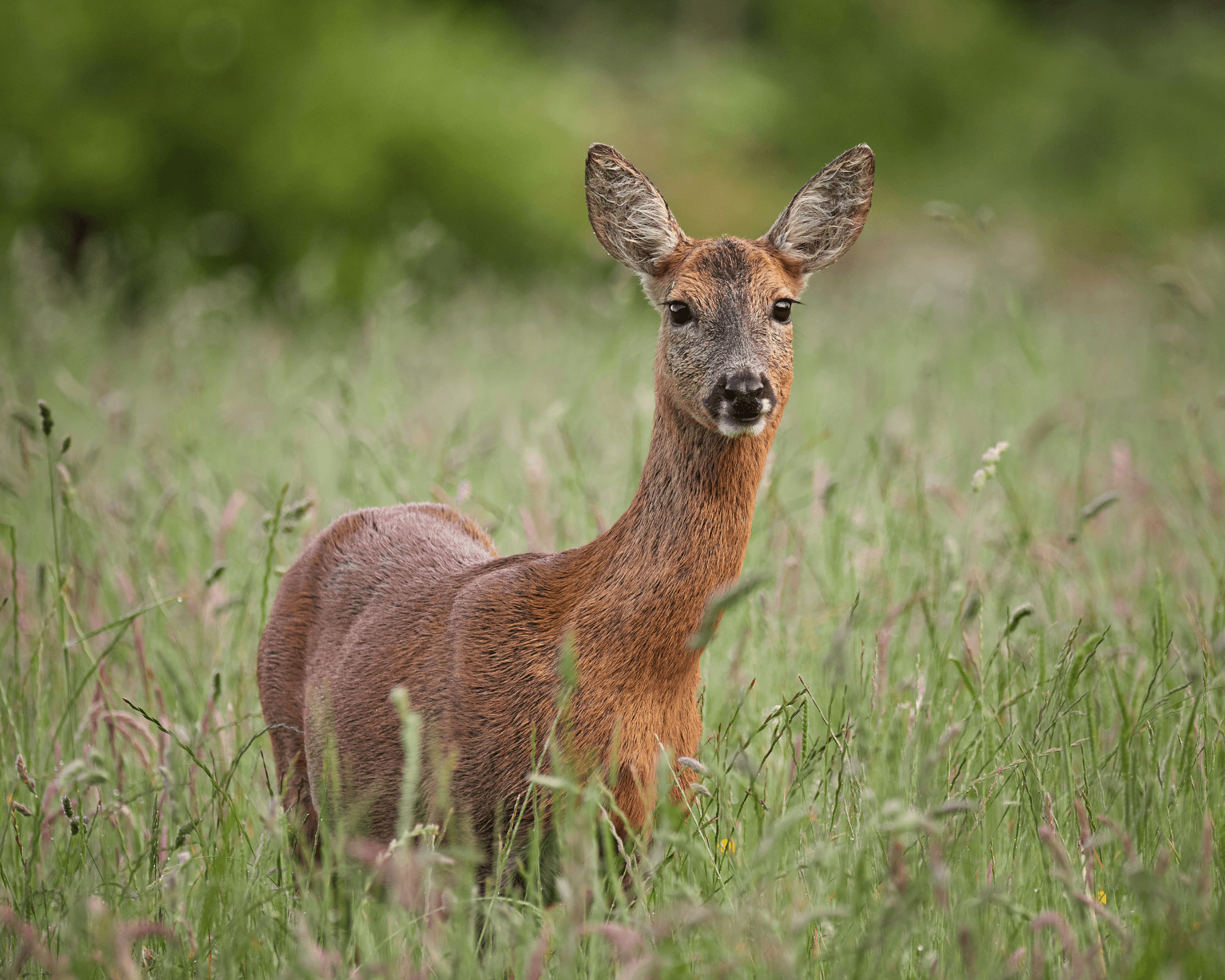How to help our roe deer?

Since 2001 in Spain, the roe deer has been affected by a parasite, Cephenemyia stimulator , commonly known as “the nose worm or fly.” This disease is increasingly common and causes respiratory and swallowing problems in affected animals, since the larvae lodge in the nose and throat of the individual, reproducing in large numbers and causing great discomfort. If you want to know more about this parasite you can consult our blog on the subject: https://www.youngwildhunters.com/blogs/noticias/el-gusano-de-la-nariz-en-los-corzos#:~:text= This%20par%C3%A1site%20comes%20from%20them, makes it%20difficult to%20swallow%20the%20food .

Entities such as the Spanish Roe Deer Association and the Artemisan Foundation are promoting a study to control the evolution of this parasitosis. To do this, they need the collaboration of hunters to carry out this task of collecting samples, since they can only be seen with a dead deer. To find these larvae you have to separate the upper jaw from the lower jaw and you will immediately realize if the specimen is infected.
In this podcast, Elena Fuentes, hunter and scientist, speaks to us at minute 30 of this video about the importance of managing roe deer and the parasitosis they suffer from.
What to do if we see an infected animal?
The Artemisan Foundation explains it to us very well:

1 - Collect the Cephenemyia samples with tweezers, as many as possible without exceeding 25 units.
2 - They must be kept in a small bottle with 75% alcohol so that all their properties are well preserved (or, if not, in 96º alcohol in a proportion of 70% and the other 30% water).
3 - Label the boat with the date and the municipality in which it was found and contact those responsible through this email: elena.fuentes@fundacionartemisan.com or telephone 926 438 268.
In conclusion, the fight against parasitosis that affects roe deer in Spain highlights the crucial role of hunters as true conservationists. Their collaboration in collecting samples for research is a testament to their commitment to the preservation of wildlife and the environment. Their active participation in this study not only demonstrates their concern for the health of the roe deer population, but also underlines their essential role in wildlife management and conservation.
Young Wild Hunters is with the roe deer, what about you?